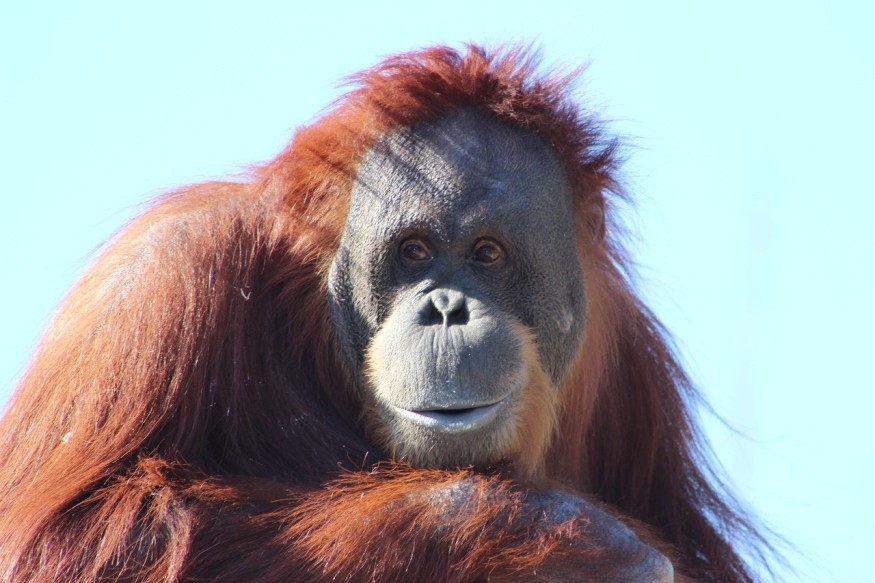Orangutans have been found to make simultaneous sounds like human beatboxing, according to a new study led by scientists in the United Kingdom.
The findings highlight primitive primate communication and the possibility that humans once used sounds from verbal and body cues to interact with one another.
Researchers involved in the new paper asserted the vocal gestures exhibited by the orangutans are unique and not random.
They are used in different situations and situations, such as during fights and when under threat.
In previous research, monkeys and apes also exhibit reflexive reactions when in danger but in levels like organized speech shown by humans.
For decades, non-human primates have become the subject of a myriad of research, ranging from evolutionary biology to genetics.
Scientists in the past have acknowledged that several primates are social animals and live in groups, just like some other mammals.
However, one of the most striking features of primates are their ability to community that almost resemble that of Homo sapiens.
The Art of Beatboxing

Similar to tweeting songbirds and human beatboxers, wild orangutans can produce two sounds at the same time using two independent vocal sound sources, according to a new study published in the journal PNAS Nexus on June 6.
Led by the University of Warwick, its researchers and their breakthrough findings offer clues relating to the evolution of human speech and beatboxing in general.
In modern times, beatboxing is used in the music industry, an art performed to create irregular yet synchronized sounds or beats.
While humans do not usually use beatboxing to communicate daily, it still shows that animals like orangutans can match our level of sophistication when it comes to speech and language.
The same can be said for all wild animals that apparently communicate with their kins or member of their own species.
However, the study about the beatboxing-like orangutans is the closes we can get to get a glimpse of our evolutionary past, particularly when it comes to ancient human communication long before we developed syllables, vowels, and consonants.
After all, orangutans are one of our distant relatives.
Beatboxing Orangutans
Going back to the beatboxing orangutans, scientists in the study observed two orangutan populations in Borneo and Sumatra for a total of 3,800 hours and determined that both groups used the same vocal phenomenon, Phys.org reported.
For instance, large male orangutans in Borneo will make noises called "chomps" and combine them with "grumbles" during combative situations.
Meanwhile, female orangutans in Sumatra vocalizes "kiss squeaks" and "rolling calls" simultaneously to alert other orangutans of a potential threat coming from predators.
In 2020, a study revealed that human speech has "ancient roots" in primate communication.
This comes after chimpanzees produce lip smacks while following a rhythm similar to human speech, as cited by the website BBC Science Focus.
In other forms of primate communication, some of the animals have also been observed to be using hand gestures to communicate with their kin and even to some humans.
Related Article : Talking Ape? An Orangutan Named Rocky Could Mimic Human Speech
© 2025 NatureWorldNews.com All rights reserved. Do not reproduce without permission.





